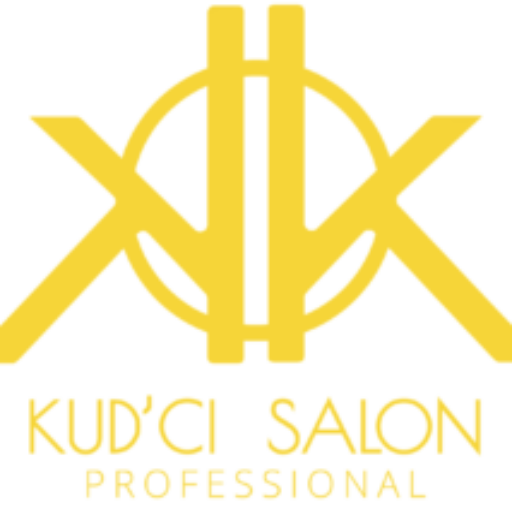
Guide to Choosing the Correct Hair Bleach
Choosing the right hair bleach is a crucial step in achieving your desired hair color while minimizing damage. With a variety of options available, understanding the different types and their suitability for your specific hair type and goals is essential.
1. Assess Your Hair Type and Condition:
Before diving into the world of bleaches, take a good look at your hair. Is it fine or coarse? Is it virgin (never chemically treated) or previously colored? Is it damaged or healthy? Different bleaches cater to different hair types and conditions, so knowing yours is the first step.
* Fine Hair: Generally requires gentler bleaches to avoid excessive damage. Look for options labeled as “gentle” or “for delicate hair.”
* Coarse Hair: May need stronger bleaches to effectively lift color. However, be cautious not to overdo it, as coarse hair can still be prone to dryness and damage.
* Virgin Hair: Typically easier to lift and can handle a wider range of bleaches.
* Previously Colored Hair: Requires more careful consideration. The previous color and its underlying pigment will influence how your hair reacts to bleach. Consulting a professional is recommended.
* Damaged Hair: Needs extra care and attention. Opt for low-volume developers and consider bond-building additives to minimize further damage.
2. Determine Your Desired Level of Lift:
Hair bleach levels indicate their lightening power, ranging from subtle lifting to dramatic changes.
* Levels 1-3: Subtle lightening, ideal for toning or refreshing existing color.
* Levels 4-6: Moderate lifting, suitable for going a few shades lighter.
* Levels 7-10: High lift, used for achieving very light blondes and platinum.
Choose a level based on your starting color and desired result. If you’re unsure, consult a professional colorist for guidance.
3. Choose the Right Type of Bleach:
Hair bleaches come in various forms, each with its own advantages and drawbacks.
* Powder Bleach: Offers the highest lifting power and is often used for significant color changes. However, it can be more drying and requires careful mixing and application.
* Cream Bleach: Gentler than powder bleach and easier to apply. It’s suitable for most hair types and levels of lift.
* Oil Bleach: Formulated with oils to add moisture and protect hair during the lightening process. Ideal for dry or damaged hair.
* Clay Bleach: Known for its gentle lifting and clarifying properties. It can help remove product buildup and impurities while lightening.
* Ammonia-Free Bleach: Gentler than traditional bleaches and suitable for sensitive scalps. However, it may not offer the same lifting power as ammonia-based options.
4. Consider Additional Factors:
* Developer Strength: The developer activates the bleach and determines its lifting power. Choose a developer strength based on your hair type and desired level of lift. Lower volumes (10-20) are gentler, while higher volumes (30-40) provide more lift but can be harsher.
* Bond Builders: These additives can help protect and strengthen hair bonds during the bleaching process, minimizing damage.
* Toners: Used after bleaching to neutralize unwanted brassy or yellow tones and achieve your desired shade of blonde.
5. Consult a Professional (When in Doubt):
If you’re unsure about which bleach is right for you or have concerns about potential damage, consulting a professional hairstylist or colorist is always recommended. They can assess your hair, recommend suitable products, and ensure a safe and successful lightening experience.
Remember, choosing the right bleach is just one part of the equation. Proper application, aftercare, and maintenance are equally important for achieving and maintaining your desired hair color while keeping your locks healthy.
